Starting with a pair of oaks...
lynnski
15 years ago
Related Stories
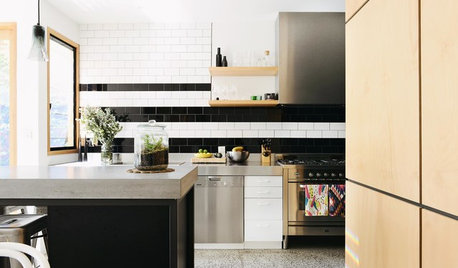
COLOR10 Pair-Ups for Black in the Kitchen
Combine black with other colors to add drama, polish and modernity. It also can make a kitchen look more spacious
Full Story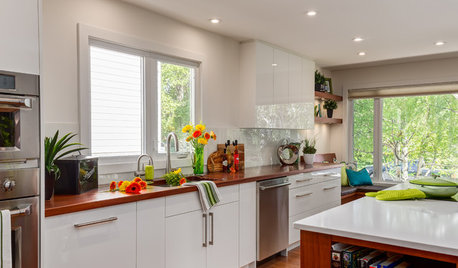
KITCHEN DESIGNThe Best Backsplashes to Pair With Wood Counters
Simplify your decision-making with these ideas for materials that work well with wood counters
Full Story
GARDENING FOR BUTTERFLIESA Quick-Start Guide to Bird-Watching for Fun and Learning
Set out some seed and grab your field guide. Bird-watching is an easy, entertaining and educational activity for the whole family
Full Story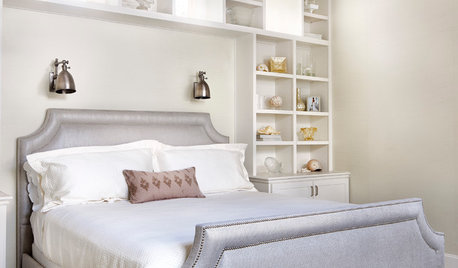
COLOR PALETTESCrisp, Clean White Interiors to Start the New Year Right
Beginning with a blank-slate backdrop gives you infinite design freedom with accent colors, furniture styles and finishes
Full Story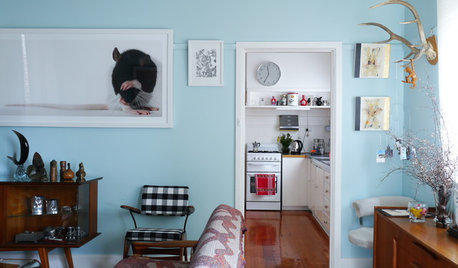
VINTAGE STYLEMy Houzz: A Fresh Start in a Welcoming 1950s Home
Family and friends help a Melbourne homeowner create a comfortable space that beautifully reflects her personality
Full Story
KITCHEN COUNTERTOPS10 Top Backsplashes to Pair With Soapstone Countertops
Simplify your decision-making process by checking out how these styles work with soapstone
Full Story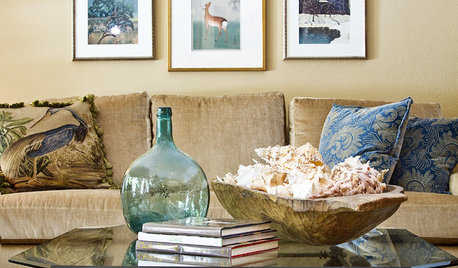
DECORATING GUIDES8 Secrets to Pairing Patterns With an Oriental Rug
Plaids, florals, stripes — a good Oriental rug can stand up to almost any other pattern. These tips can help you master the effect
Full Story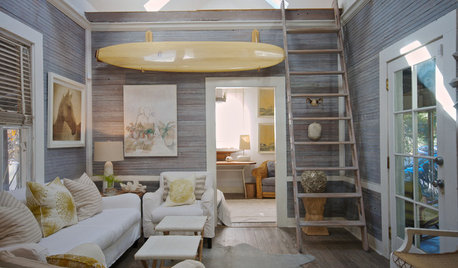
DECORATING GUIDESRoom of the Day: As Comfy As a Favorite Pair of Jeans
Faded colors and celestial light give a Florida family room a sun-washed allure
Full Story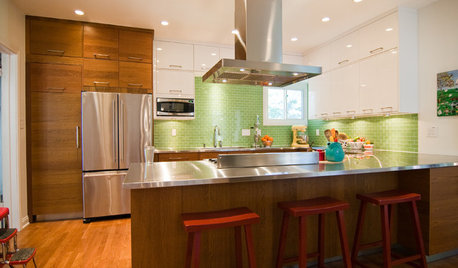
KITCHEN COUNTERTOPS10 Great Backsplashes to Pair With Stainless Steel Counters
Simplify your decision-making with these ideas for materials that work well with stainless steel counters
Full Story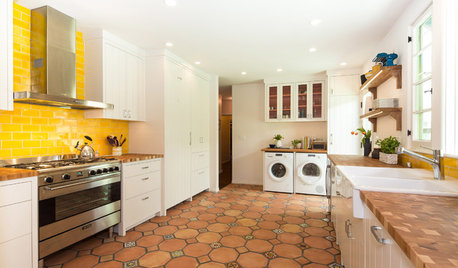
KITCHEN DESIGNNew This Week: 4 Surprising Backsplash and Countertop Pairings
Make your kitchen workspace stand out with colored ceramic tile, back-painted glass, butcher block and more
Full StoryMore Discussions







kimka
pondwelr
Related Professionals
Bridgetown Landscape Architects & Landscape Designers · Salem Landscape Architects & Landscape Designers · Springfield Landscape Contractors · Alamo Landscape Contractors · Athens Landscape Contractors · Canyon Lake Landscape Contractors · Columbine Landscape Contractors · Fair Oaks Landscape Contractors · Peoria Landscape Contractors · Riverview Landscape Contractors · Westchester Landscape Contractors · Troutdale Fence Contractors · Colorado Springs Siding & Exteriors · Columbus Siding & Exteriors · Worcester Siding & Exteriors